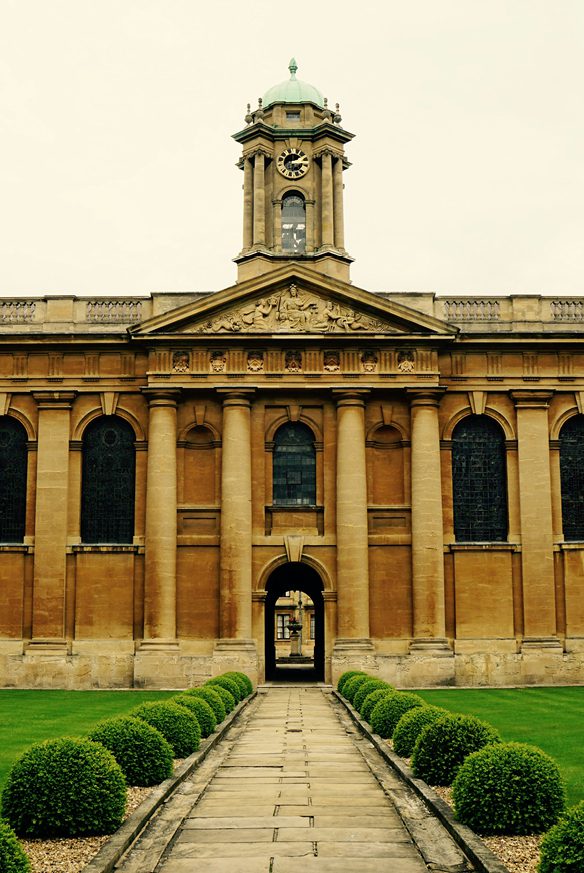

At Charter Global we excel when it comes to heritage and historic building projects and our Integr8 range of built-in shutters is ideal for this type of application, where understanding the requirements of the building are as important as securing the property.
Planning permission restrictions for properties of cultural heritage, referring to sites of historic, artist or scientific value as opposed to natural heritage sites, requires a shrewd approach to security. As any significant alterations or obvious changes to a heritage property immediately devalues it, heritage crime can be challenging to defend against.
If the heritage property is also open to members of the public, such as a Country Park or National Trust site, the property must also be protected against premeditated attacks – sabotage of the property or its contents (therefore affecting the property’s value) would be momentous for the vested parties.
Find out how Charter Global can protect your heritage building
For private heritage properties, the primary concern is maintaining the condition or the significant aspect that determined the property as listed. If the heritage site is a residence or a commercial site, the property must be secured without allowing any access at all on a regular basis whereas if the site has been renovated into a hotel or country club, 24-hour access is a must. As there is no one solution for securing heritage sites, categorising requirements by threat is the most efficient way to mitigate risk.
Insurance for heritage properties is another important consideration. Insurance brokers will provide advice that if not followed could result in extremely expensive premiums should an incident occur, which is why a holistic approach to securing heritage property is good practice. Some insurers will also favour some physical security measures over others. In rare cases , insurers will withdraw cover if they do not agree with the measure implemented – even details as minute as the wording on signage will be focused on!
An important element of property security is the deterrence of forced entry through obvious physical measures. Due to the significance of preserving heritage properties, any measures integrated into the fabric of a building must be concealed within the existing features. This is mainly in accordance with listed property notations.
Ultimately posing a problem for deterring opportunists attack, alternations to heritage sites must involve only the most minimal amount of work possible. This low-level impact implication creates as many issues as it solves. When a listed building faces high levels of material theft (metal, tile and stone), the obvious choice of deterrents would include façade and fence anti-climb spikes.
Ornate stone theft has risen (there is great cash value in natural materials, construction sand in particular) but for a heritage site, the loss itself it much more significant than the theft of material.
Book a consultation to find out how we can assist you
Another implication for listed buildings in terms of securing is over-specification. As there has to be minimal alterations, the security measures integrated must suit the level of risk being faced. Though limiting from a security point of view, works must be compliant with all listed property building regulations without restricting the visible physical security measure that discourage nuisance behaviour and opportunist crime.
If the contents of a heritage are of high enough value, an intruder may not intend to physically damage the building, but their effort will cause destruction beyond that of the actual theft. Not quite like how international artifacts crime is portrayed in the movies, forensic marking of property and valuables does go a long way in combating this type of theft though it is still relevant when assessing all risks.
Truly tailored solutions to suit both historical preservation and aesthetic are somewhat far and few in between, but those who do specialize within the field are well-versed in compromise. The importance of preserving heritage properties is undeniable yet the very nature of these preservative regulations means even semi-standard solutions are impossible.
Understanding and predicting every risk a property will encounter is vital for complete integration. In most applications, early involvement with the project during the build stage will benefit the overall standard of reinforcement (for example reinforced lintel support). As heritage properties tend to be older and all works must reversible, the solutions recommended by the professional body are often highly customised products.
Perimeter measures such as private access enclosures and fencing can be easily implemented (and therefore easily removed), and available to independently certified standards.
Returning our focus back on private heritage, properties that have been previously renovated to cohere with a certain style (within the scope of the regulations, of course) may have elements that will weaken the standard of security despite every other measures being in place.
Take French doors for example. French doors are vulnerable to removal due to lack of secured frame, and letterplates (obviously dependent on doorset) positioned close to a lock may result in lock manipulation. Enhancing the security performance of all apertures following the recommendations of an insurance broker and security professional alike can be a timely task. A good place to start could be mounting mortise locks on French windows and reducing the letterbox opening size respectively.
Charter Global is dedicated to tailored physical solutions for securing Heritage properties within the UK. With close attention to architectural flair, Charter Global boasts an catalogue of independently certified products for applications that require specialised expertise.
Designed to be installed either internally or externally to suit a building’s unique aesthetic, shutters are an excellent choice for reinforcing the physical shell without compromising the architectural aesthetic. A completely tailored finish can be achieved with options including polyester power-coating to any RAL/BS colour, natural anodising and wood grain effects. Installed in combined structural lintels and therefore removing the need for the traditional head-box, Charter Global has several Shutter ranges available as independently certified up to LPS 1175 standard SR5.